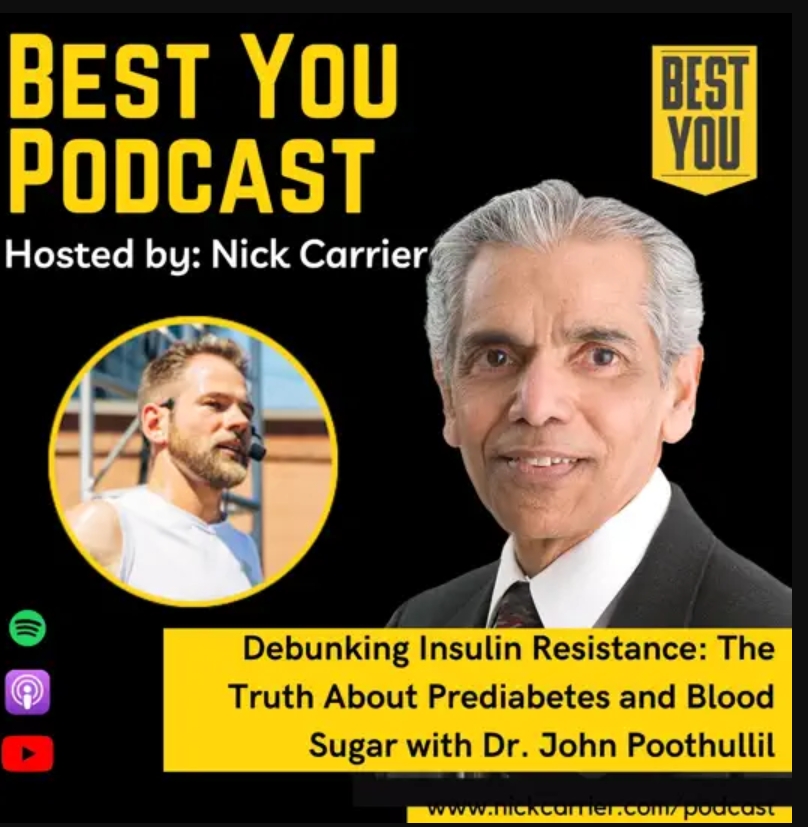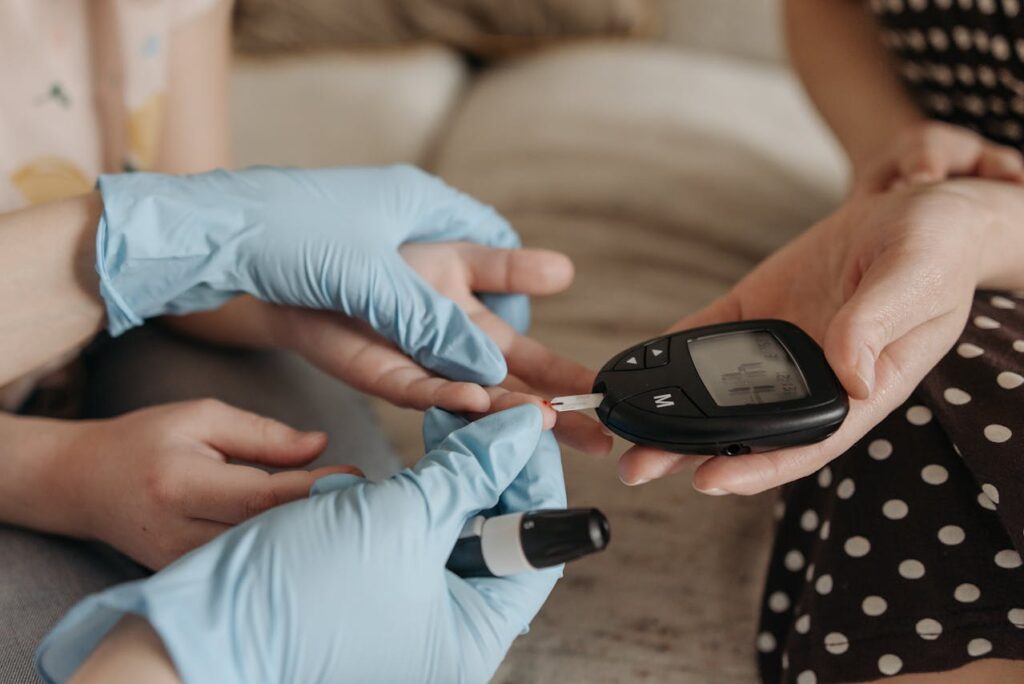This article was originally posted in the USA Daily Post.
In my view, Type 2 diabetes is clearly a lifestyle situation, not a hormonal disease called “insulin resistance.” Consider a few case studies that go a long way to proving that lifestyle is at the root of high blood sugar and Type 2 diabetes.
When Native Americans were moved to reservations in many states in the 1800s and 1900s, they often received complete physical examinations. The records of these exams show that from 1832–1939, Type 2 diabetes was extremely rare among Native Americans. However, after living on these reservations, Type 2 diabetes in Native Americans occurred in 16% of the population, compared to just 8% among Whites. It was clear that genetic changes among the tribes in such a short period of time could not explain this level of incidence. The most obvious cause was the lifestyle change the tribes underwent, particularly the profound dietary change they had to adopt in eating “westernized food,” especially the grain-based complex carbohydrates that they were given on the reservations. Compare it to their ancestral way of living when Native Americans did not cultivate grains but hunted, fished, and farmed crops other than grains such as wheat.
The results of a study of dietary changes among 18,090 adults by the Indian Council of Medical Research, published on August 27, 2022, give further credence to this. That study had some of the adults eating a control diet consisting of 65–70% carbohydrates with little protein or fat. Meanwhile, the other adults had a diet consisting of 54–57% carbs, 16–20% protein, and 20–24% fat. This simple dietary change of reducing the daily carbohydrate intake by just 8–16%, mostly from eating less rice and wheat, resulted in the latter group of people significantly lowering their blood sugar levels.
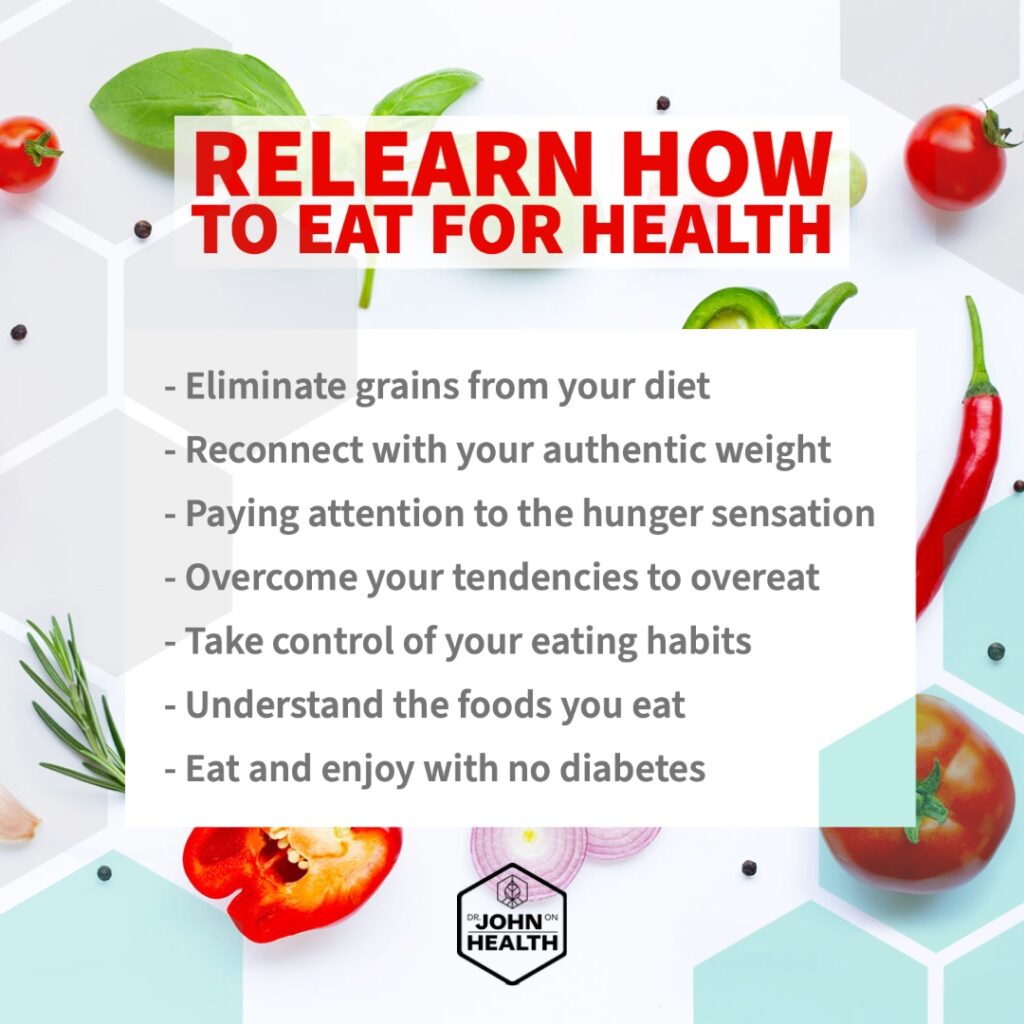
I suggest this experiment shows that the key to reversing Type 2 diabetes is to lower your intake of carbohydrates such as rice and wheat, even by minimal amounts. The current US guidelines for dietary changes for blood sugar control recommend reducing your intake of refined sugar, but in my view, this side steps the most significant source of high blood sugar in the modern-day meal: complex carbohydrates from grain-based items. The dietary guidelines even encourage people to consume whole grains—the very food item that contains more glucose molecules than refined sugar, gram for gram.
What is the connection between Type 2 diabetes, weight gain, and obesity?
In the United States, approximately 85% of people with Type 2 diabetes are overweight or obese. What is the connection? And which comes first—obesity or Type 2 diabetes?
According to the “insulin resistance” theory, it is suggested that the location of fat accumulation in the abdomen predisposes one to develop Type 2 diabetes. But to date, no one has demonstrated a difference in the type of fat stored in the abdominal fat cells vs. other fat cells in the body. Nor has anyone demonstrated that a difference in their metabolic functions among fat cells accounts for the development of Type 2 diabetes. So this simplistic theory of the connection between abdominal fat and diabetes seems unlikely.
I have a different explanation for the association of weight gain and Type 2 diabetes. I suggest that weight gain occurs when adults consume an excess of calories that the body is forced to store as fat, which could be anywhere in the body, not just the abdomen. In the modern diet, the culprit in a high-calorie diet is most often complex carbohydrates—grains and grain-flour foods—which for some people can be 50% or more of their daily caloric intake. When digested, complex carbohydrates release voluminous amounts of glucose that enter the bloodstream.
After cells have absorbed whatever glucose they need immediately under the direction of insulin, the liver keeps a small amount in the form of glycogen, to be released back into the bloodstream if the blood glucose level falls low, such as before lunch or dinner time. However the rest of the excess glucose is converted into fatty acids for long-term storage in our fat cells. However, if this fat is not burned off through exercise at some later time, it results in gradual weight gain—and eventually obesity.
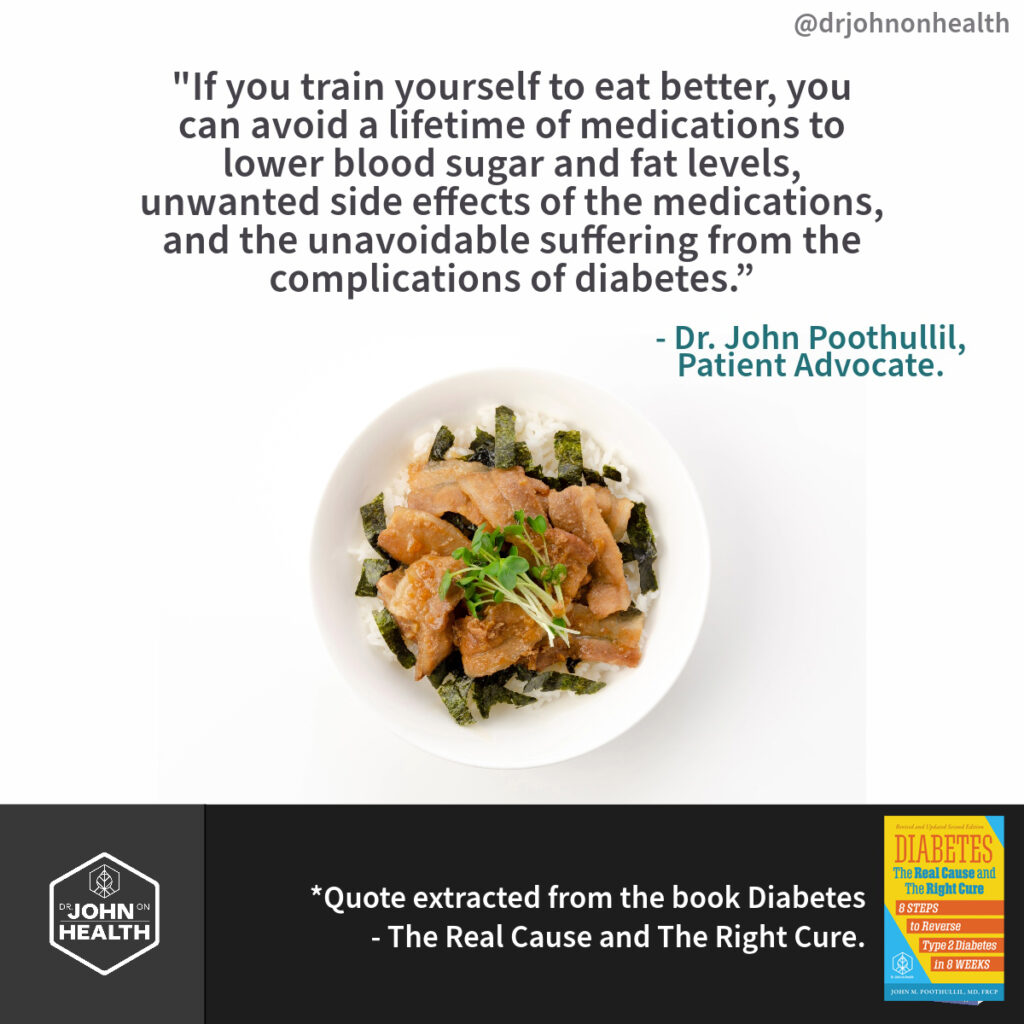
Meanwhile, it also occurs in many overweight or obese individuals that their fat cell storage eventually fills up. When it happens, the fatty acids that were supposed to be stored in the fat cells remain in circulation in the bloodstream. Muscle cells begin using those fatty acids for their fuel rather than glucose, which is a normal body metabolism, similar to a car with a hybrid engine using either gasoline or electricity to power the engine. I call this natural change the “fatty acid burn switch.” The result: the burning of fatty acids leaves glucose in the bloodstream, leading to high blood sugar (hyperglycemia) and eventually, Type 2 diabetes.
This is the real connection between obesity and Type 2 diabetes. It also explains why even thin people can develop diabetes. Each person has only a certain amount of fat storage capacity based on their body type. Thin people can equally fill their smaller fat cells, and while they do not become obese, they may equally develop Type 2 diabetes when their fat storage capacity is filled, leaving glucose in the bloodstream. The same mechanism can also explain gestational diabetes that affects 10% of pregnant women.
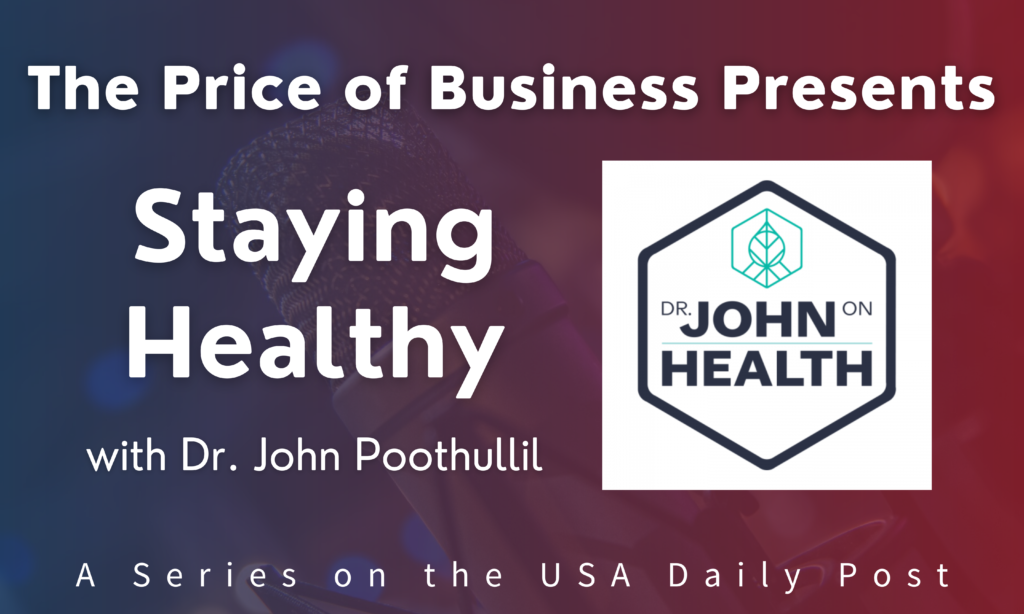
Don’t let Type 2 diabetes or pre-diabetes control your life – start a delicious new journey to a healthier, happier you today!
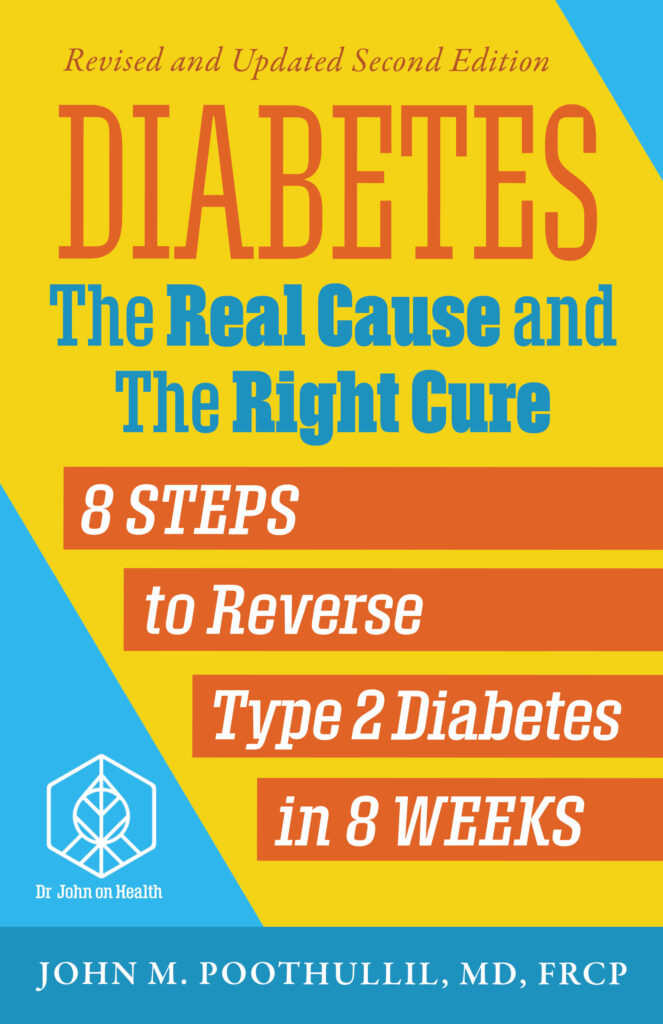
Whether you were recently diagnosed or have had Type 2 diabetes for years, this book will open your eyes to new thinking about the real cause and an actual cure based on scientific thinking.
Understanding Dr. John’s explanation for the cause of diabetes opens the door to reversing it. The book provides an easy-to-implement 8-step program that will truly lower your blood sugar for good.
This new edition contains updated information and a new Appendix with over 20 FAQs about diabetes that are critical to your commitment to change your approach to eating.

